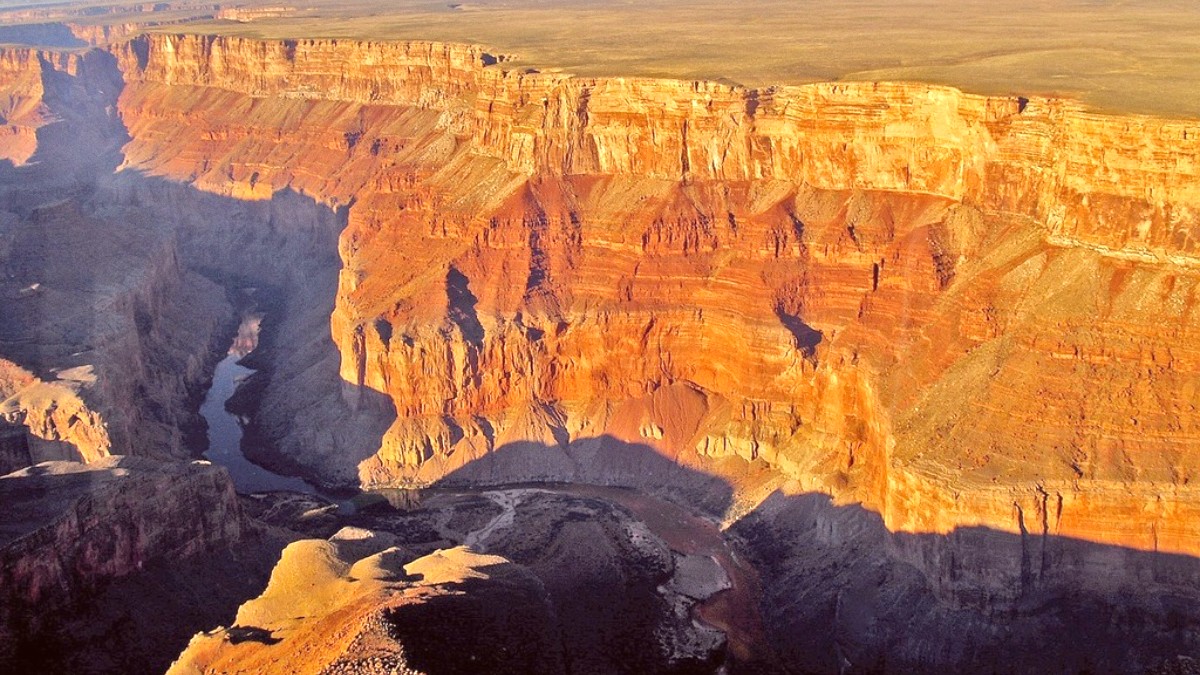
USA
Stretch your travel budget with these smart approaches.
Exploring lodging options outside the traditional hotels.
Maximize your time exploring the canyon with these strategies.
Avoid common mistakes and appreciate the subtleties of the park.
Always carry more water than you think you need, especially on hikes. The dry air and exertion lead to rapid dehydration.
Tailor your approach based on your travel companions.
Inform someone of your hiking plans and itinerary, especially for inner canyon hikes. Carry a personal locator beacon (PLB) for remote trips. Mather Campground or ranger programs offer social opportunities.
Book all lodging, tours, and permits simultaneously and far in advance for groups. Utilize the shuttle system to move groups around efficiently. Consider a commercial guided tour for larger groups.
The Junior Ranger Program is an excellent free activity for kids. Many sections of the Rim Trail are paved and stroller-friendly. Constant supervision is important near the rim.
There are no specific local customs or phrases beyond general courtesy. Being polite, respectful, and expressing appreciation for the park and its staff is most welcomed.